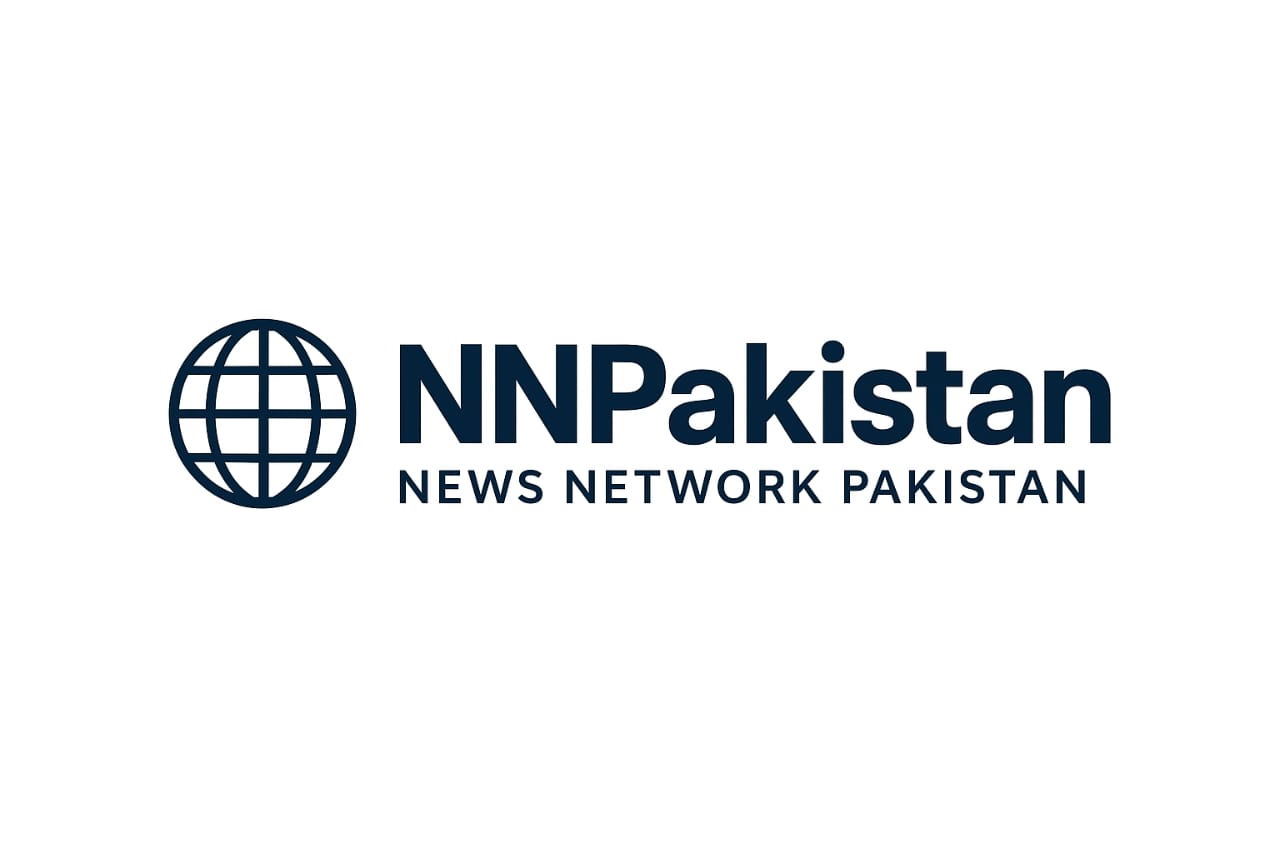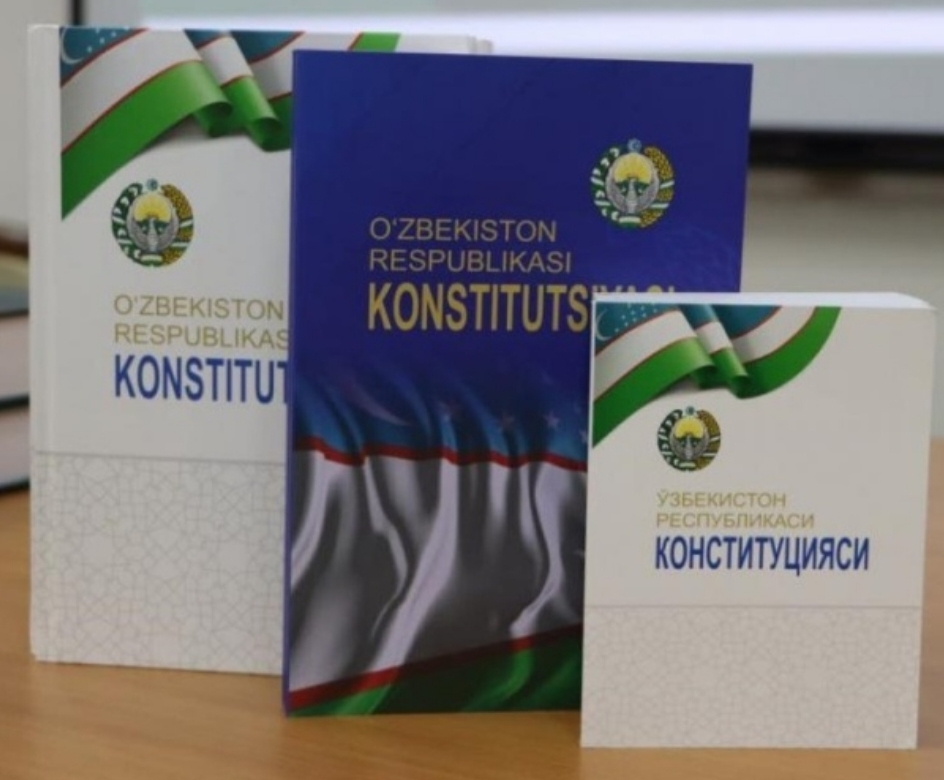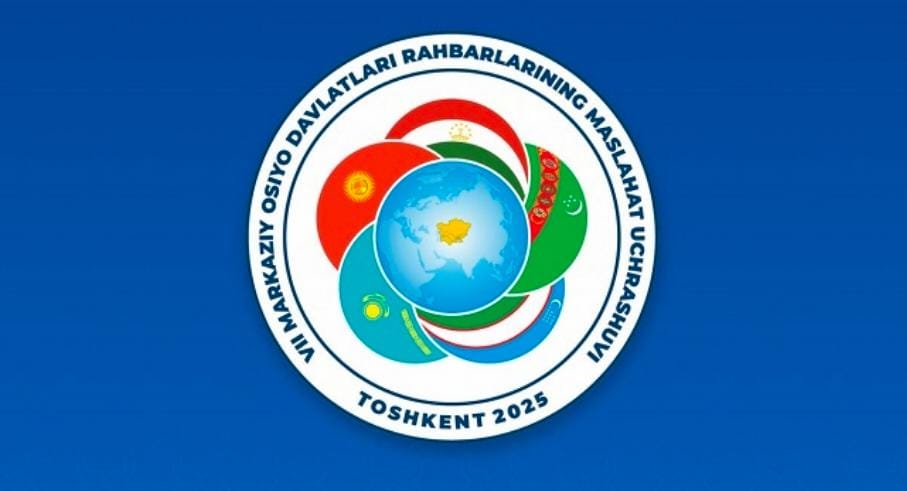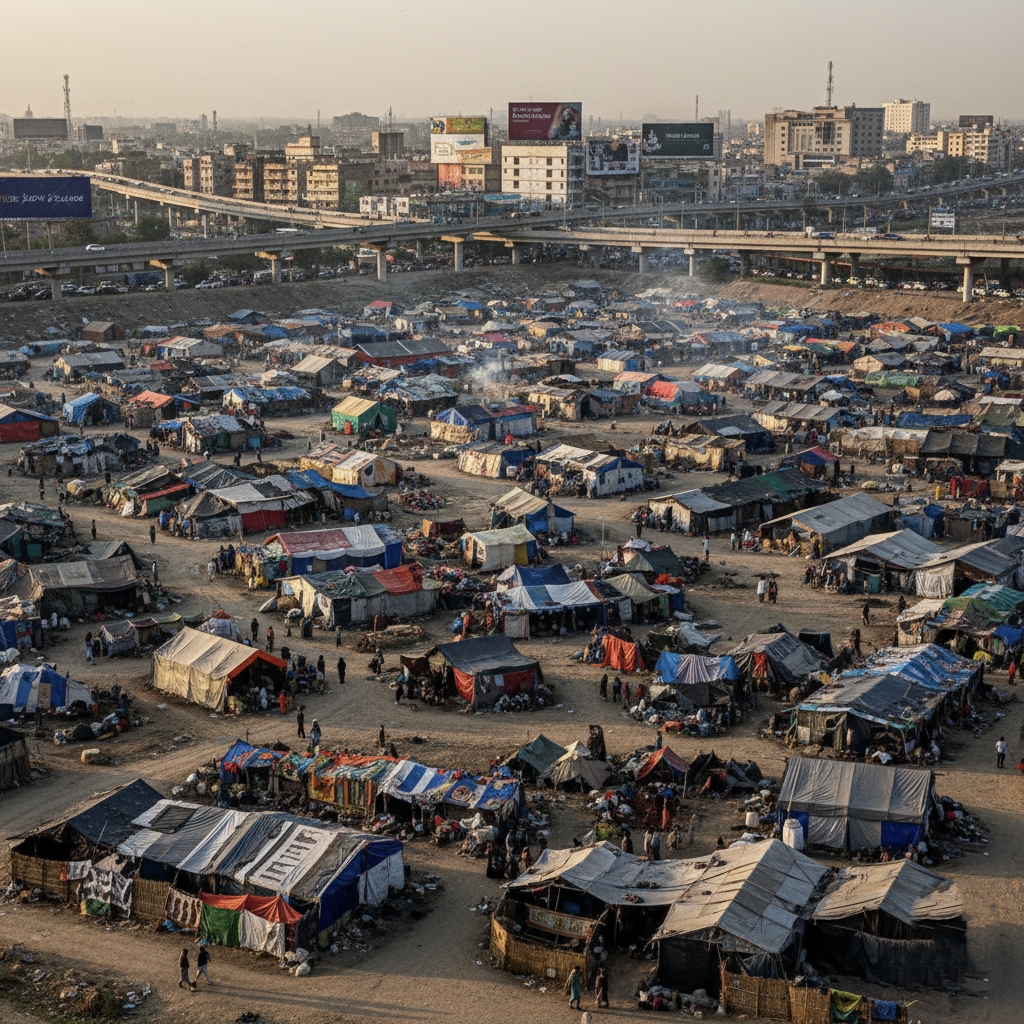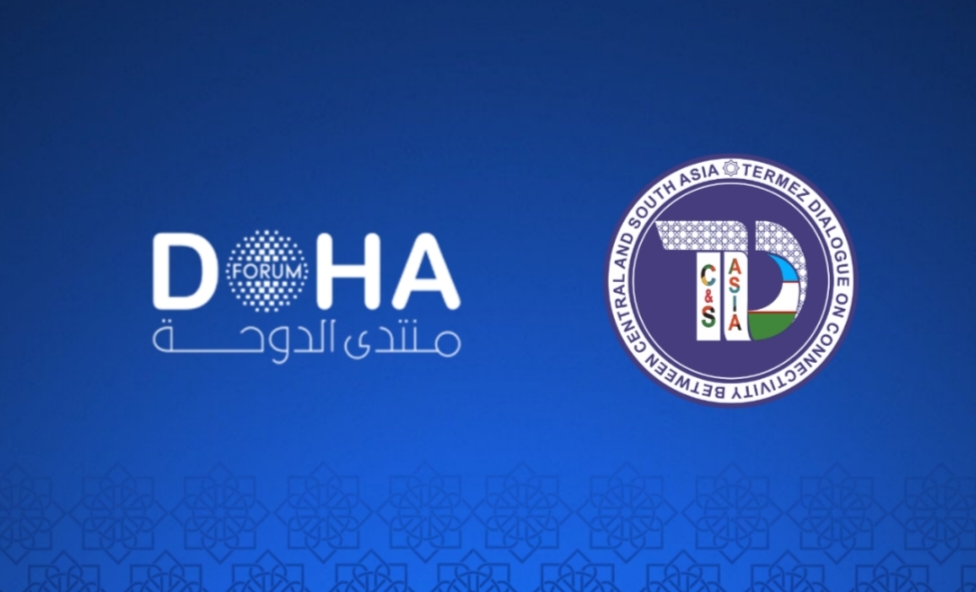Syeda Sadia Amber Jilani
sadiaamverjilani@gmail.com
The sixth month of the year, June, is recognized for having the longest hot days. As the arrival of this month approaches in Pakistan, the buzz around the word “budget” also reaches its peak. Some people have high hopes for improvement associated with it, while others consider it a new bomb of inflation. However, at its core, a budget is a government’s economic plan of action for a specific period, known as a fiscal year. Historically, the word “Budget” is derived from the Latin word “bulga” and the French word “bougette”, which means a leather bag, pouch, or purse.In the 18th century, when Britain’s Minister of Finance and first Prime Minister, Mr. Robert Walpole, would present the financial affairs to Parliament for approval, he would carry a leather bag with him. This bag contained important documents related to the country’s financial matters. Later, this bag became to be known as “Budget”. Thus, the concept of the budget historically began in Britain in 1745. Over time, this term expanded beyond just income and expenses to encompass the entire process of financial planning, financial management, and allocation of national resources.According to economics, if we define the term ‘budget’, it is a financial or fiscal plan document that outlines a government’s expected income from various sources and expenditures incurred during a fiscal year. It also includes estimates for revenue and expenditures for the new fiscal year and presents statistical data for revenue and expenses from the previous fiscal year.In simpler words, a budget is a financial plan.A government of any country has to perform three basic financial functions:1. Economic stability? Which includes controlling inflation and deflation in the national economy, as well as reducing the level of unemployment.2. Economic development; Which includes the development of a country’s basic infrastructure, such as transportation, information, technology, and energy supply, as well as providing incentives to specific industries to increase national economic growth or GDP (Gross Domestic Product), whether industrial or agricultural.3. Economic welfare ;Which includes improving healthcare, education, security, defense, housing, and transportation facilities for the country’s population. Any government needs income to run its affairs and fulfill these functions, so that it can successfully meet its expenses and provide these amenities to its citizens.The government generates revenue from taxes, foreign investment, loans, aid, and other sources, and spends it on various expenses.If the government’s income and expenditures are equal, then such a budget is called a ‘Balanced Budget’.In other words, a Balanced Budget is a situation where:Government Revenues = Government ExpendituresThis means that the government is not borrowing or lending, and its income is sufficient to cover all its expenses. A Balanced Budget is often considered an ideal scenario, as it indicates fiscal responsibility and stability.’Surplus Budget’ occurs when the government’s revenue exceeds its expenditures. Govt Revenues > Govt Expenditures However, it is not considered a good condition by economists, as it indicates that the government is collecting too much taxes from the public but not spending enough on their welfare and economic development or economic growth. However, in today’s circumstances, it is unlikely for a country’s budget to be in surplus.Similarly, when a country’s expenses exceed its revenue, it is referred to as a ‘Deficit Budget’. Govt Revenues < Govt Expenditures Developing countries often face the challenge of a deficit budget. To bridge this gap, governments rely on public debts, foreign loans, as well as aid. International organizations such as the IMF, World Bank, and other developed countries play a crucial role in providing loans to these countries. However, borrower countries have to face high interest rates and various conditions imposed by the lenders.The process of budget making is called “budgeting”. The Ministry of Finance in a country, considering the statistics of the previous fiscal year and the goals and estimates of the new fiscal year, performs the budgeting process for the next fiscal period. For this purpose, the Ministry of Finance collects data from all important sectors of the country.In Economics, in the context of budgeting, there are 9 possible types of budgets.1_ Static BudgetIn a static budget, the allocations and estimates are made at the beginning of the fiscal year, and no changes are allowed later, regardless of any changes in the in economy or actual performance. This type of budget is often used in stable and predictable industries where there is little uncertainty or fluctuation in revenues and expenses.A static budget offers efficiency and careful decision-making, but it lacks flexibility and adaptability if circumstances change during the fiscal year.2_ Flexible Budget A flexible budget is a type of budget that can be adjusted or revised as needed to reflect changes in the business environment or actual performance. It is a dynamic budget that allows for flexibility and adaptability in response to changing circumstances during a financial period.The advantages of flexible budget allow for changes in response to changing circumstances. It enables management to react to new opportunities and challenges, as well as make more informed decisions based on current data.Drawbacks of flexible budget are lack of budgetary discipline, time and cost consuming. It is difficult in tracking performance to evaluate against Budget sometimes.3_ Functional Budget A functional budget is a type of budgeting that involves creating of separate budgets for each department or sector of an economy or an organization, based on their specific needs and goals. This approach categorizes budgets according to functional areas, such as production, marketing, research and development, and administration etc.4_Master Budget A Master Budget is a collection of functional budgets, where separate budgets for all departments or sectors of the economy are combined into a single, comprehensive budget. This integrated budget includes all the financial plans and projections for the entire organization, presenting a unified financial blueprint.For Example,Master Budget = Production Budget + Marketing Budget + Development Budget +administration Budget …etc.5_ Zero-Based Budget (ZBB)Zero-Based Budget (ZBB) is a budgeting approach that is introduced in 1970s. In this technique the budget is prepared by ignoring past financial data and solely considering current income and needs. It’s a budget that is created from scratch, without any influence from the previous financial period. This approach is called Zero-Based Budgeting because it’s like starting from the beginning or zero-balance on current expenses and goals.6_Participative Budgeting Participative budgeting is a budgeting method that involves various stakeholders, such as citizens, residents, or members of an organization, in the budgeting process. The aim of this approach is to increase transparency, accountability, and community participation in budgeting decisions. In simple words, this budgeting method involves seeking input from all levels of management, both top and bottom, in estimating revenues and expenditures, making everyone a part of the budgeting process.7_ Imposed BudgetingIn this budgeting method, only top-level management of a country or organization is involved in the budgeting process and the budget is imposed on lower_level management without participation. Imposed budgeting is the opposite of participative budgeting, where all stakeholders are involved in the budgeting process.8_ Rolling BudgetA Rolling Budget or Budget Rollover is also known as a Continuous Budget or Rolling Forecast that takes into account previous statics and aligns with future estimations to create a new budget for the next fiscal period. Majority of countries and organizations use Rolling Budgeting.9_ Annual BudgetAn Annual Budget is a financial plan or statement which a country or organization prepares for a financial year, outlining its estimated income and expenditures. It’s a tool used by individuals, businesses, and governments to manage finances, allocate resources and achieve financial goals.A budget is like a dual-entry ledger where one side reflects a country’s or organization’s income and the other side reflects its current and future developmental expenditures.The budget is a plan that ensures a balanced match between the two sides for a specific fiscal period usually a year.
